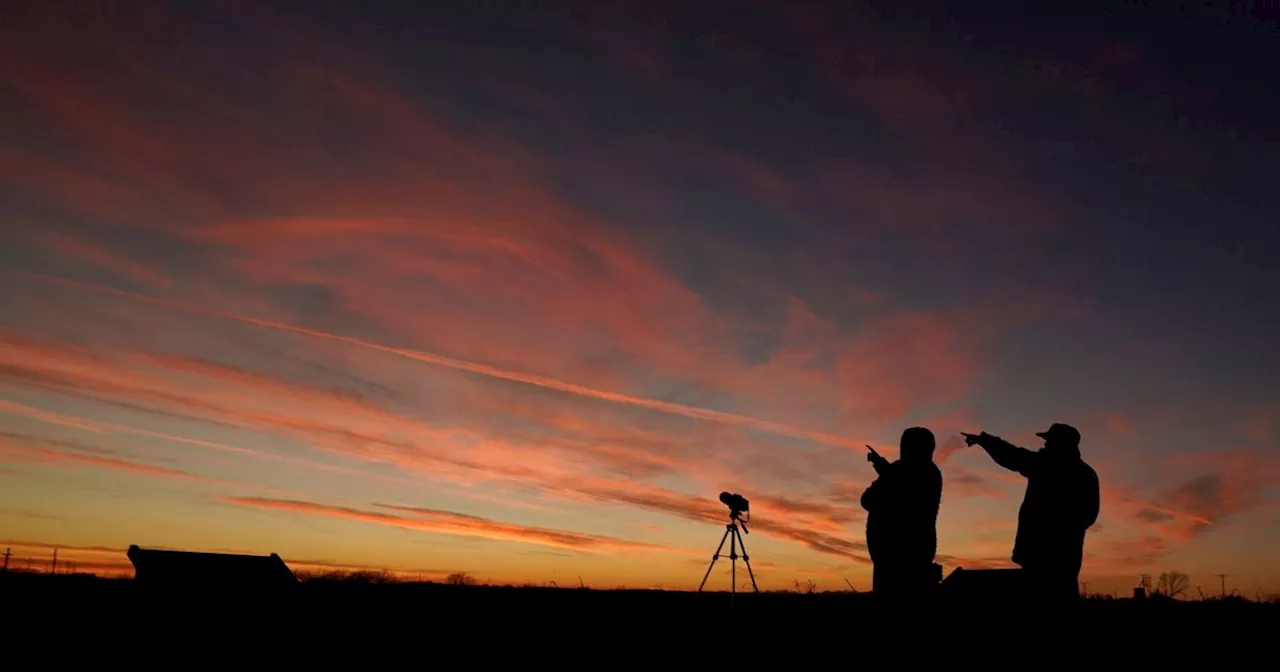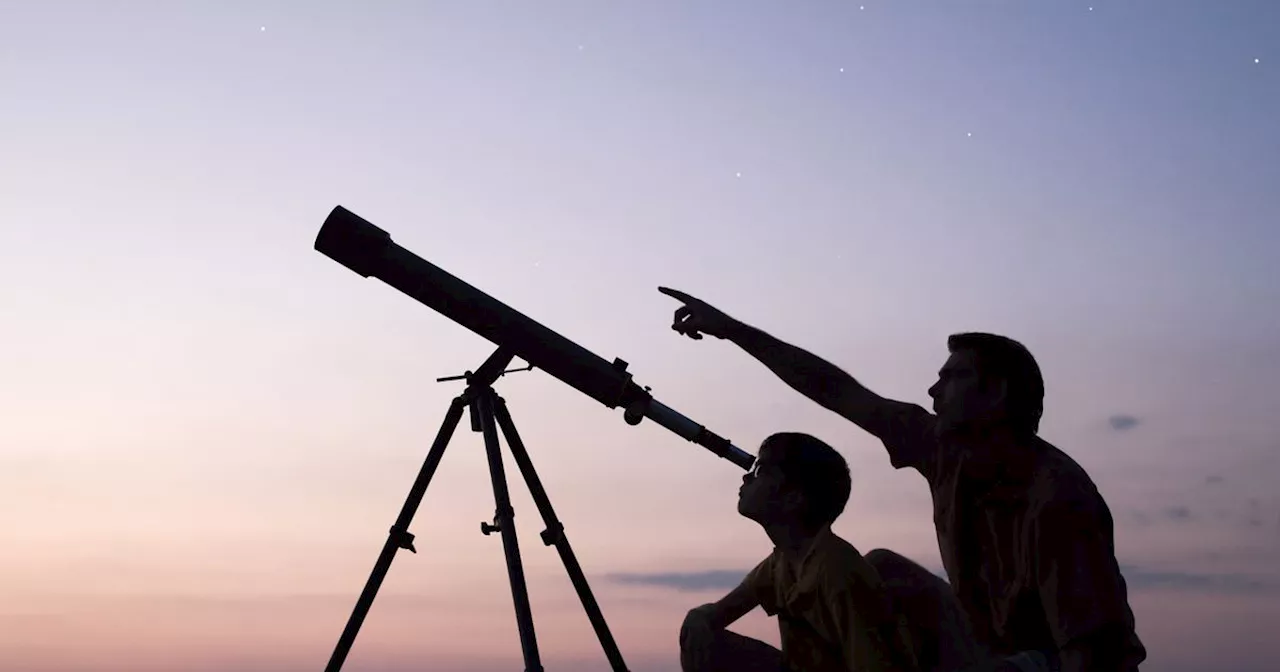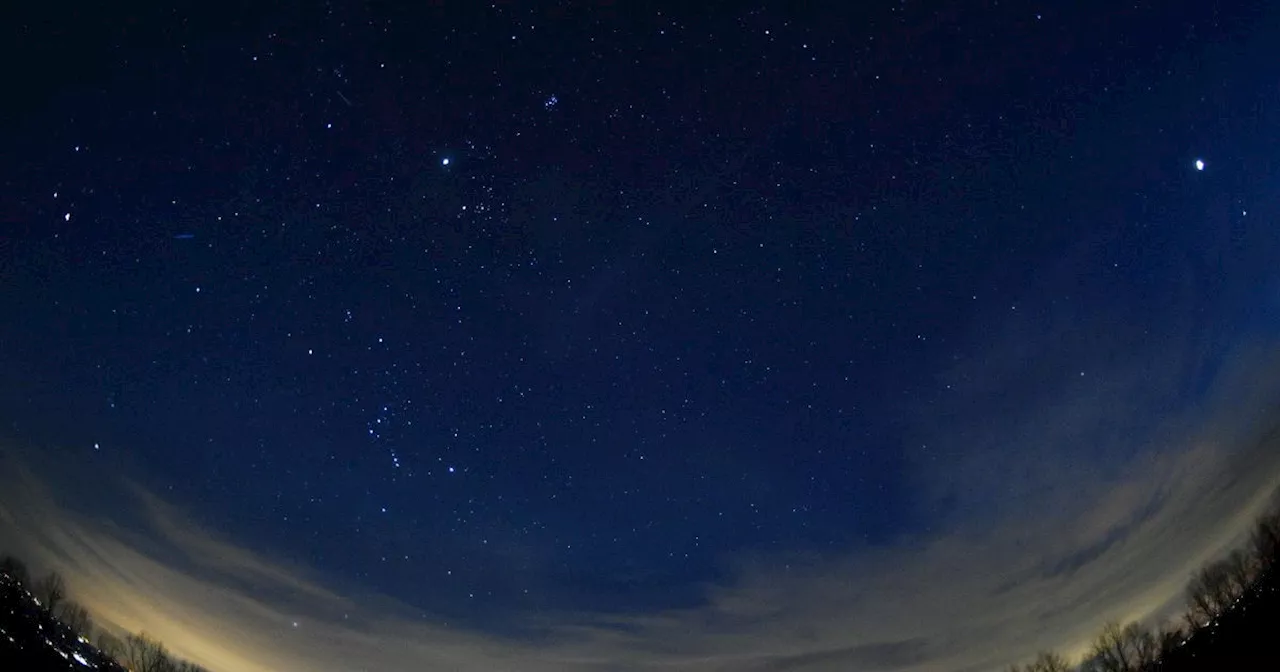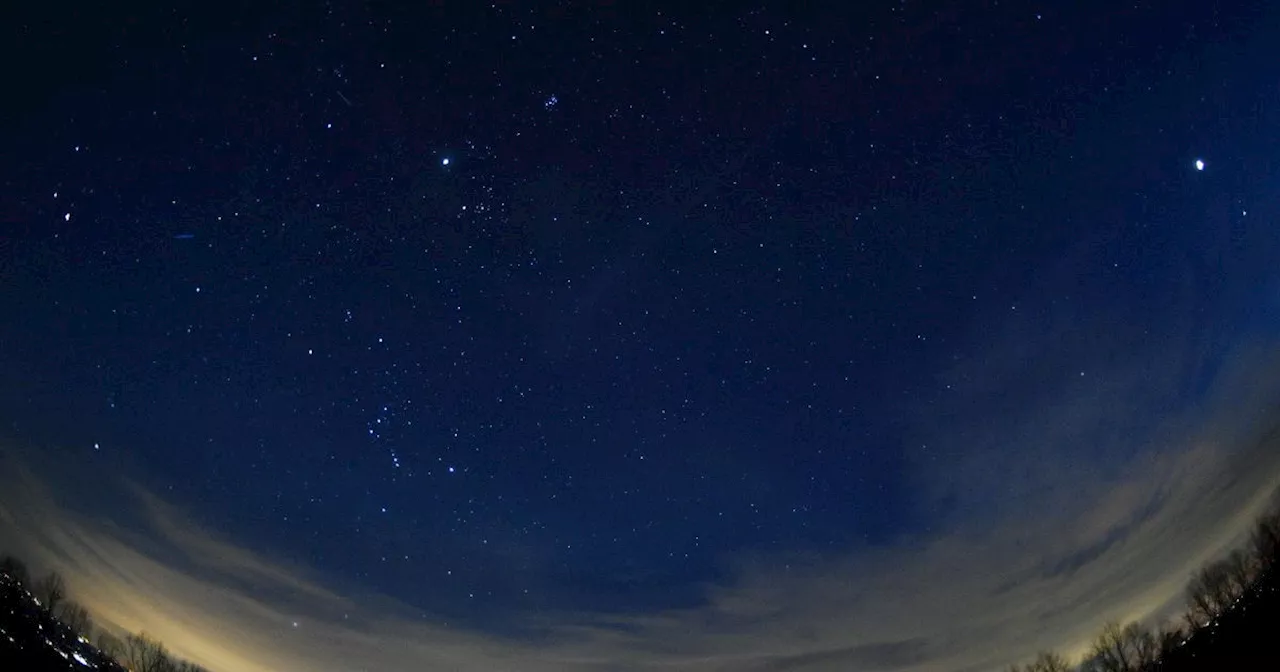The odds of a collision with asteroid 2024 YR4 have increased to 1-in-43, prompting China to form a planetary defense team. The giant asteroid, capable of causing widespread devastation, has become a top priority for scientists worldwide. Experts are exploring various strategies, including kinetic impactors and nuclear detonation, to deflect the asteroid. China's new team will focus on advancing asteroid monitoring and building early warning systems.
CHINA is assembling a planetary defence team after a giant "city-killer" asteroid was discovered hurtling towards Earth.Asteroid 2024 YR4 as observed by the Magdalena Ridge 2.4m telescope at the New Mexico Institute of Technology on January 27, 2025The odds of a collision with between the asteroid and our planet have been slashed to a 1-in-43 chance.
"But we don't have much time, and we don't have enough info about this rapidly fading asteroid to properly inform our planetary defense decisions yet."could be like "turning a cannonball into a shotgun spray", increasing the possible devastation on Earth. The European Union-funded NEO Shield consortium said last week that the use of a nuclear bomb would be a last resort.
If carried out correctly, there would be minimal damage to the asteroid, and therefore no risk of chunks of space rock falling to Earth. Astronomers are set to use the JWST in March to measure the exact size of 2024 YR4 and make any final calculations around its orbit.The JWST, used by both the ESA and NASA, will take images of 2024 YR4 from its position a million miles away from Earth.
Space ASTEROID PLANETARY DEFENSE CHINA 2024 YR4 COLLISION SPACE EXPLORATION
United Kingdom Latest News, United Kingdom Headlines
Similar News:You can also read news stories similar to this one that we have collected from other news sources.
 Rare 'Planetary Parade' Lights Up Night SkyStargazers can witness a rare celestial event this week as six planets align in the night sky. This spectacular planetary parade offers a chance to see Mars, Jupiter, Uranus, and Saturn with the naked eye, while a telescope will reveal Uranus and Neptune. Experts say this alignment happens infrequently, making it a must-see for astronomy enthusiasts.
Rare 'Planetary Parade' Lights Up Night SkyStargazers can witness a rare celestial event this week as six planets align in the night sky. This spectacular planetary parade offers a chance to see Mars, Jupiter, Uranus, and Saturn with the naked eye, while a telescope will reveal Uranus and Neptune. Experts say this alignment happens infrequently, making it a must-see for astronomy enthusiasts.
Read more »
 Witness a Spectacular Planetary Alignment in FebruaryAn extraordinary planetary alignment will grace the night sky throughout February, offering stargazers a rare celestial spectacle. Mars, Jupiter, Uranus, Neptune, Saturn, and Venus will converge after sunset, creating a stunning visual display. While alignments of this magnitude aren't uncommon, they don't occur annually. For optimal viewing, look south about an hour and a half after sunset. While four planets will be visible to the naked eye, binoculars or a telescope will be needed to spot Saturn and Neptune.
Witness a Spectacular Planetary Alignment in FebruaryAn extraordinary planetary alignment will grace the night sky throughout February, offering stargazers a rare celestial spectacle. Mars, Jupiter, Uranus, Neptune, Saturn, and Venus will converge after sunset, creating a stunning visual display. While alignments of this magnitude aren't uncommon, they don't occur annually. For optimal viewing, look south about an hour and a half after sunset. While four planets will be visible to the naked eye, binoculars or a telescope will be needed to spot Saturn and Neptune.
Read more »
 City Dwellers Can Still Catch Rare 'Planetary Parade'Stargazers can enjoy the 'planetary parade', a rare alignment of seven planets, even in urban environments. Though light pollution and buildings pose challenges, experts offer tips for optimal viewing, including heading to parks, suburbs, or dark-sky sites. The article also highlights Wigan's low light pollution ranking and recommends joining astronomy groups for guidance and dark-sky location information.
City Dwellers Can Still Catch Rare 'Planetary Parade'Stargazers can enjoy the 'planetary parade', a rare alignment of seven planets, even in urban environments. Though light pollution and buildings pose challenges, experts offer tips for optimal viewing, including heading to parks, suburbs, or dark-sky sites. The article also highlights Wigan's low light pollution ranking and recommends joining astronomy groups for guidance and dark-sky location information.
Read more »
 Four Planets Visible to Naked Eye in Rare Planetary ParadeA rare 'planetary parade' will grace UK skies this week, allowing viewers to see Venus, Mars, Jupiter, and Saturn aligned in a line. Neptune and Uranus will also be visible with a telescope. The planets will appear extra bright due to the thin waxing crescent moon and line up along the ecliptic, the path followed by the Sun. The best time to view this celestial event is on Friday evening (January 31) at 6.45pm UK time.
Four Planets Visible to Naked Eye in Rare Planetary ParadeA rare 'planetary parade' will grace UK skies this week, allowing viewers to see Venus, Mars, Jupiter, and Saturn aligned in a line. Neptune and Uranus will also be visible with a telescope. The planets will appear extra bright due to the thin waxing crescent moon and line up along the ecliptic, the path followed by the Sun. The best time to view this celestial event is on Friday evening (January 31) at 6.45pm UK time.
Read more »
 Rare 'planetary parade' visible from Lancashire this weekThe planets will line up in a row
Rare 'planetary parade' visible from Lancashire this weekThe planets will line up in a row
Read more »
 Yorkshire Residents Witness Spectacular Planetary AlignmentResidents across Yorkshire have been amazed by the alignment of four planets visible in the night sky. Venus, Mars, Jupiter, and Saturn are forming a line as seen from Earth, appearing as a bright streak. This phenomenon can be observed with the naked eye, while a telescope reveals the presence of Neptune and Uranus. The alignment is predicted to be most prominent on Friday evening, but has already drawn attention from keen observers.
Yorkshire Residents Witness Spectacular Planetary AlignmentResidents across Yorkshire have been amazed by the alignment of four planets visible in the night sky. Venus, Mars, Jupiter, and Saturn are forming a line as seen from Earth, appearing as a bright streak. This phenomenon can be observed with the naked eye, while a telescope reveals the presence of Neptune and Uranus. The alignment is predicted to be most prominent on Friday evening, but has already drawn attention from keen observers.
Read more »
